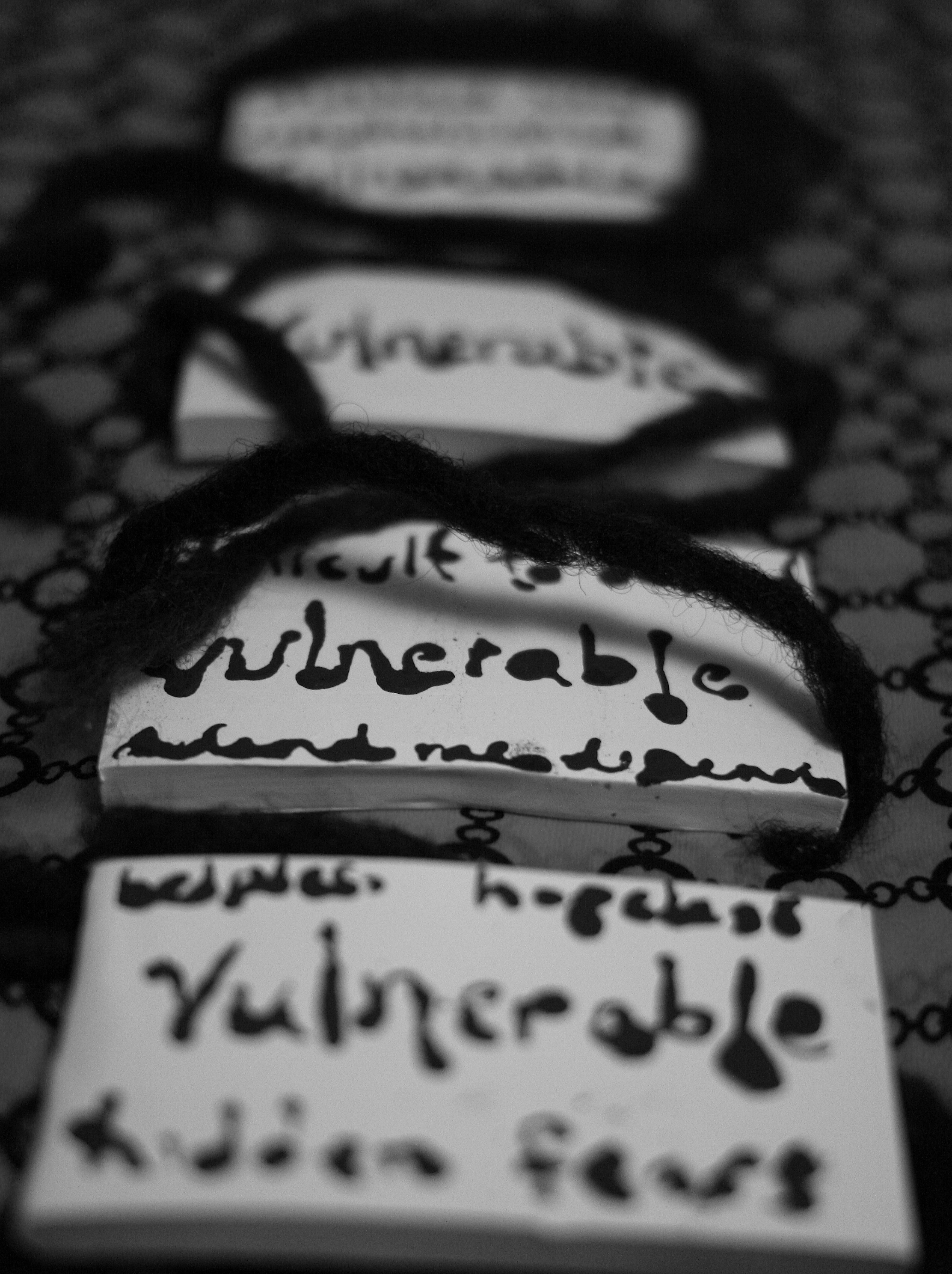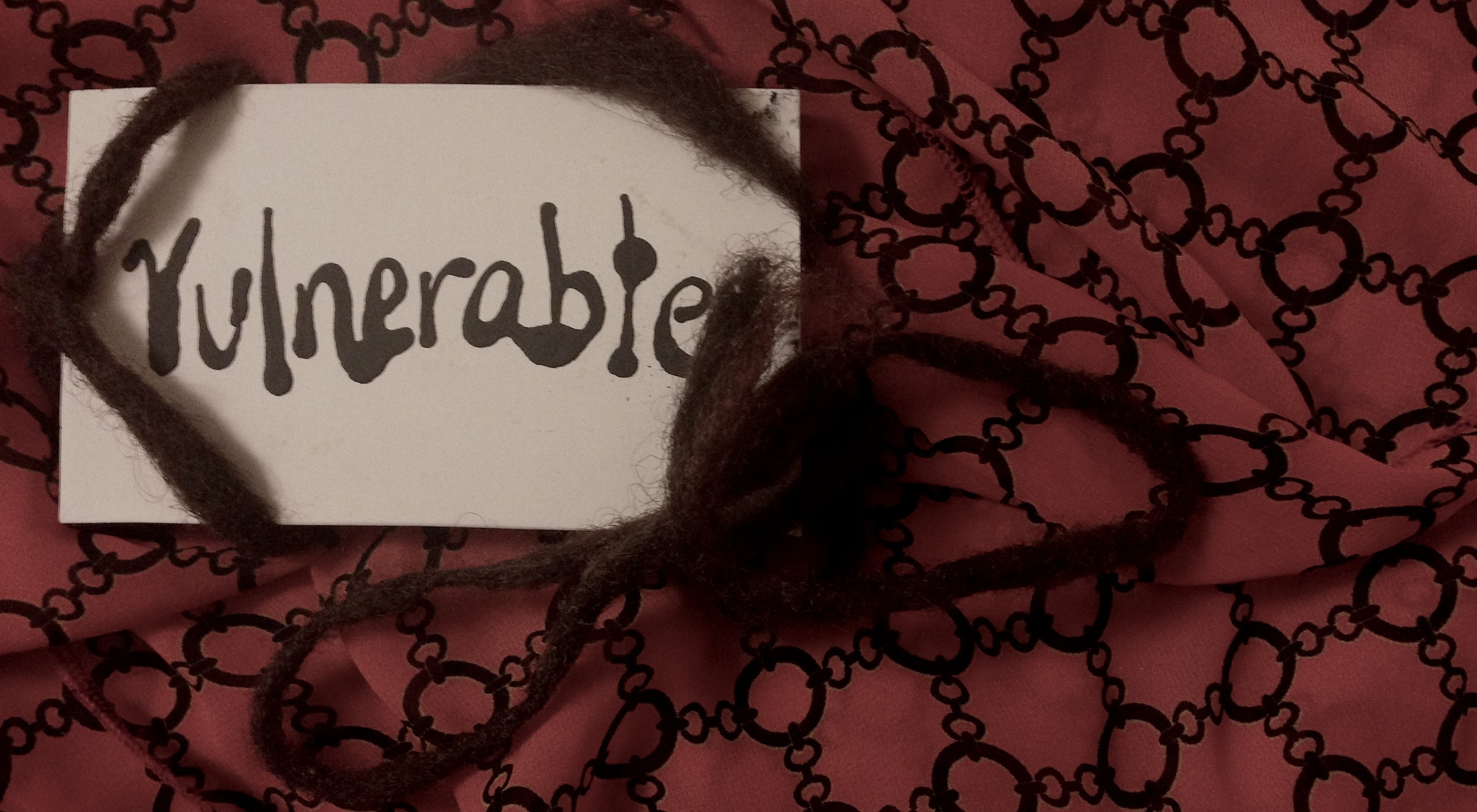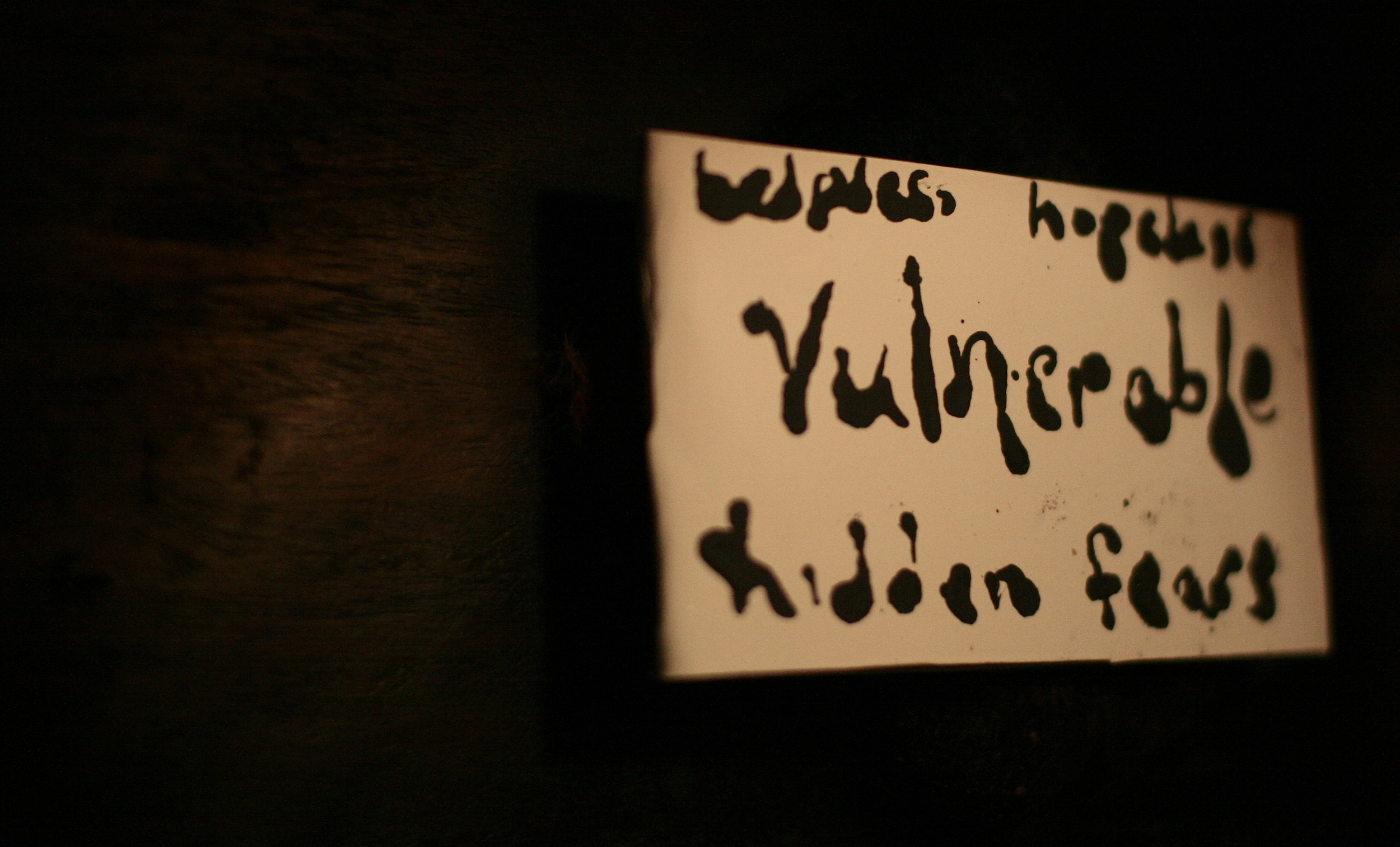Reposted from Atlanta Black Star
“Oregon Company Trying to Convince Black Women to Sell Their Breast Milk, Targeting Women in Detroit”
Oregon-based company Medolac is offering Black Women money for their breast milk.
Medolac, a company that provides milk, along with the Clinton Global Initiative, is claiming that its initiative of buying more breast milk from Black women is an effort to “seek to increase breast-feeding rates among urban African-American women” and promote “healthy behavior and prolonged breast-feeding within their communities.”
African-American women are historically less likely to breastfeed their children. In 2010, 62 percent of African American babies began breastfeeding at birth, compared to 79 percent of white newborns, according to reports from the CDC. Six months later, only 36 percent of the black infants followed were still being breastfed compared to the 52 percent of white children who were still breastfed.
The company is starting a campaign to raise participation in the Mothers Milk Cooperative, which is the only milk bank owned and operated by nursing mothers. The Mothers Milk Cooperative pays its members who have completed the screening process and blood testing $1 an ounce for their milk. The milk is then given to Medolac, which processes the milk and sells it to hospitals for about $7 an ounce, which is a 600 percent markup, according to The New York Times.
Allowing women to make money from their breast milk seems all well and good, but why is Melodac targeting Detroit, an area that has the lowest breast-feeding rates for Black women in country?
“Targeting low-income Detroit women with the lure of climbing out of poverty by selling their surplus milk raises many ethical questions,” writes Kimberly Seals Allers in the New York Times. “It’s one thing to commodify mother’s milk, but to try to commodify a group of women — specifically black women, who already have a difficult history with breast-feeding — seems, a bit, well, sour. It’s all too easy to imagine how Medolac’s plans could become a part of a continuing racial and economic divide in Detroit and nationwide rather than part of the solution.”
Founder of Medolac, Elena Medo, claims that this initiative will increase the likelihood that Black women will breastfeed their own children because “it just makes sense,” she said in a recent interview.
Whether this is proven to be true—or whether the initiative simply makes money for Medolac—remains to be seen.
Also here.











